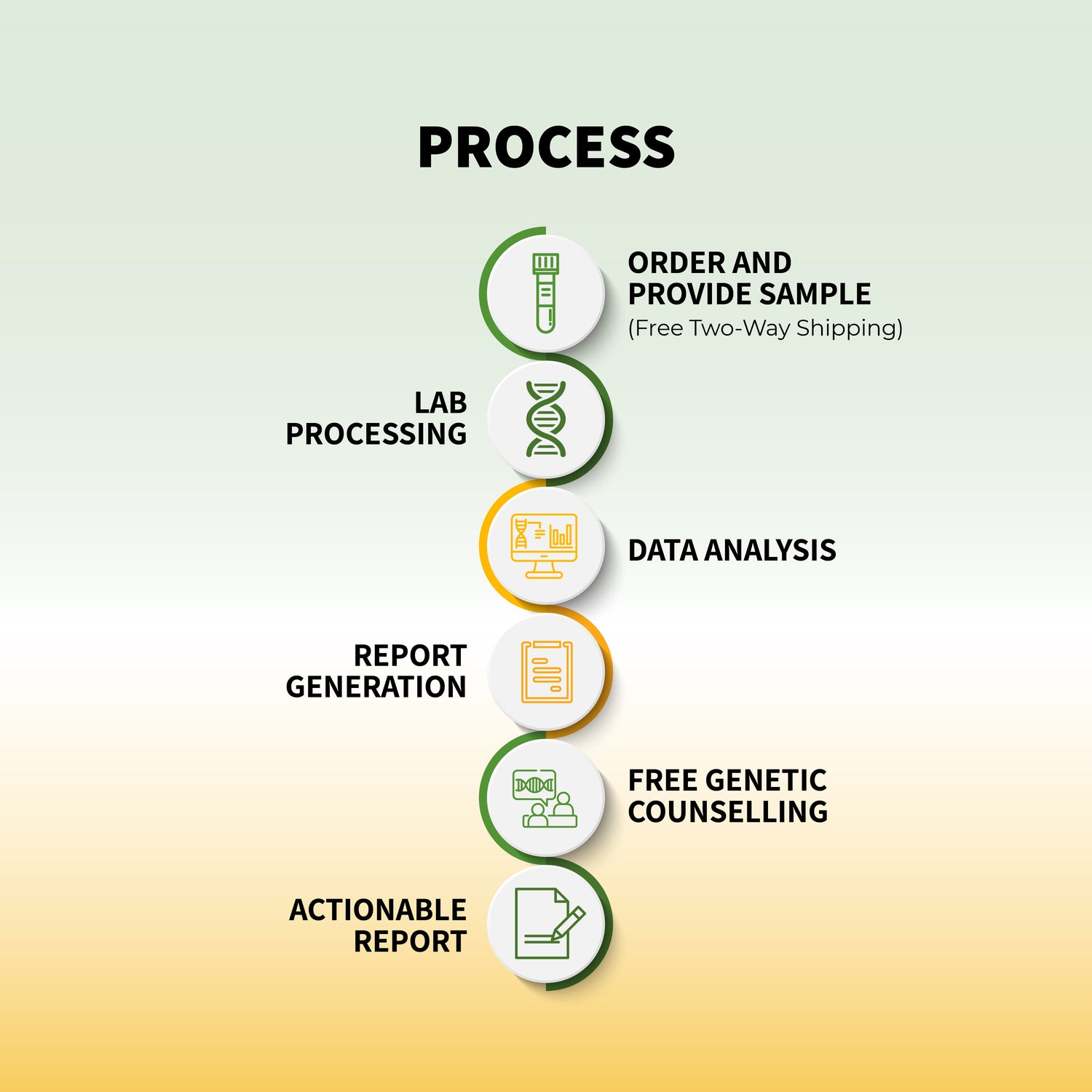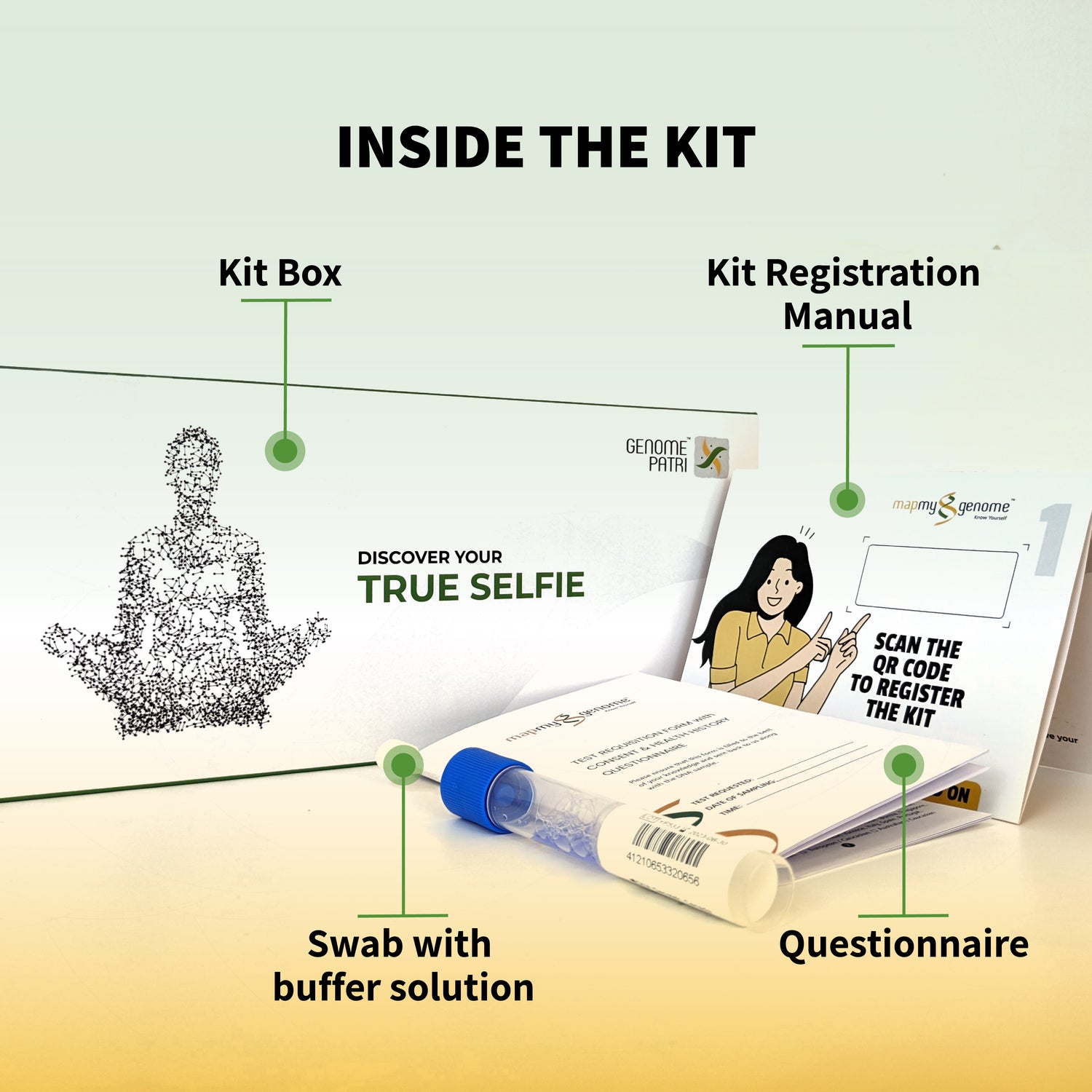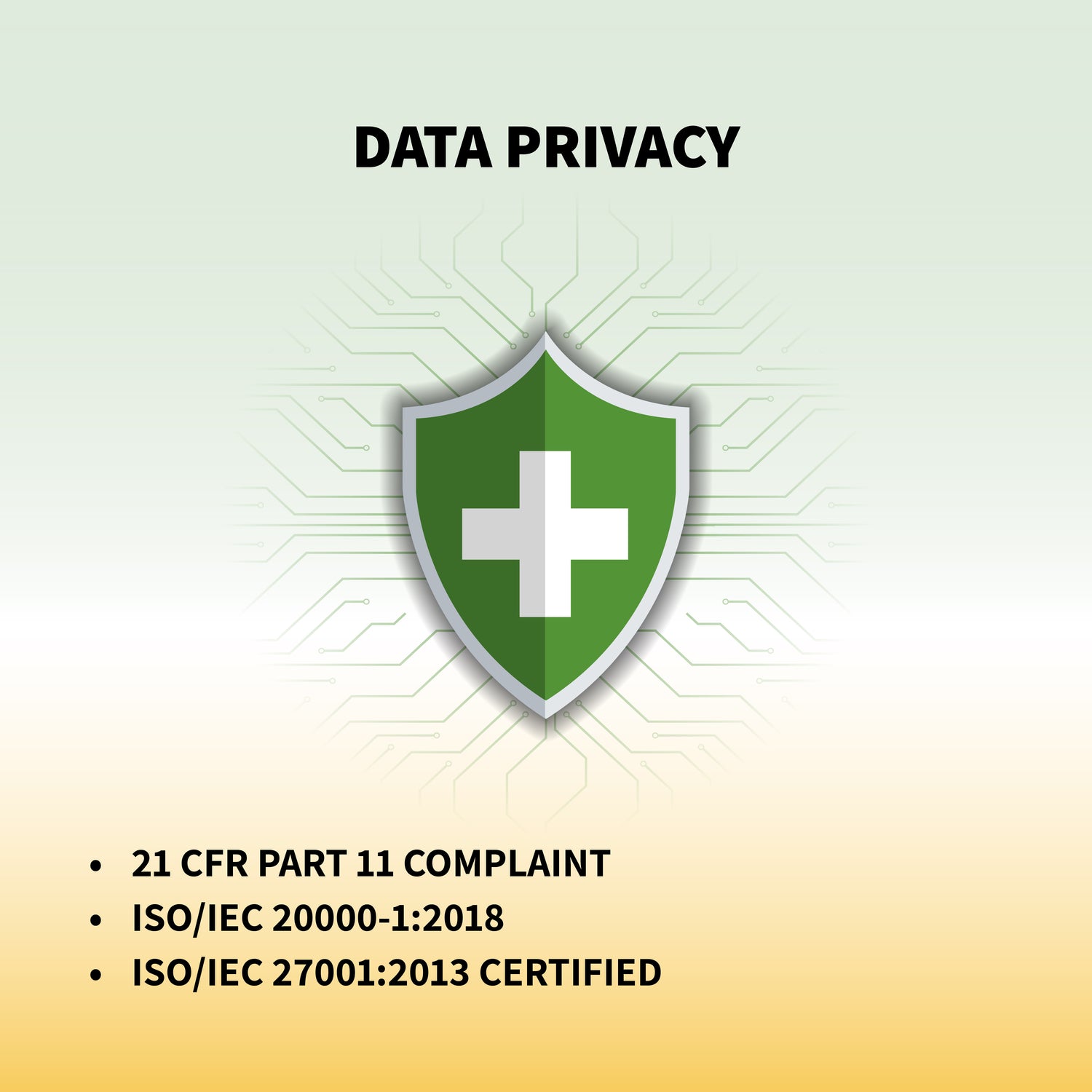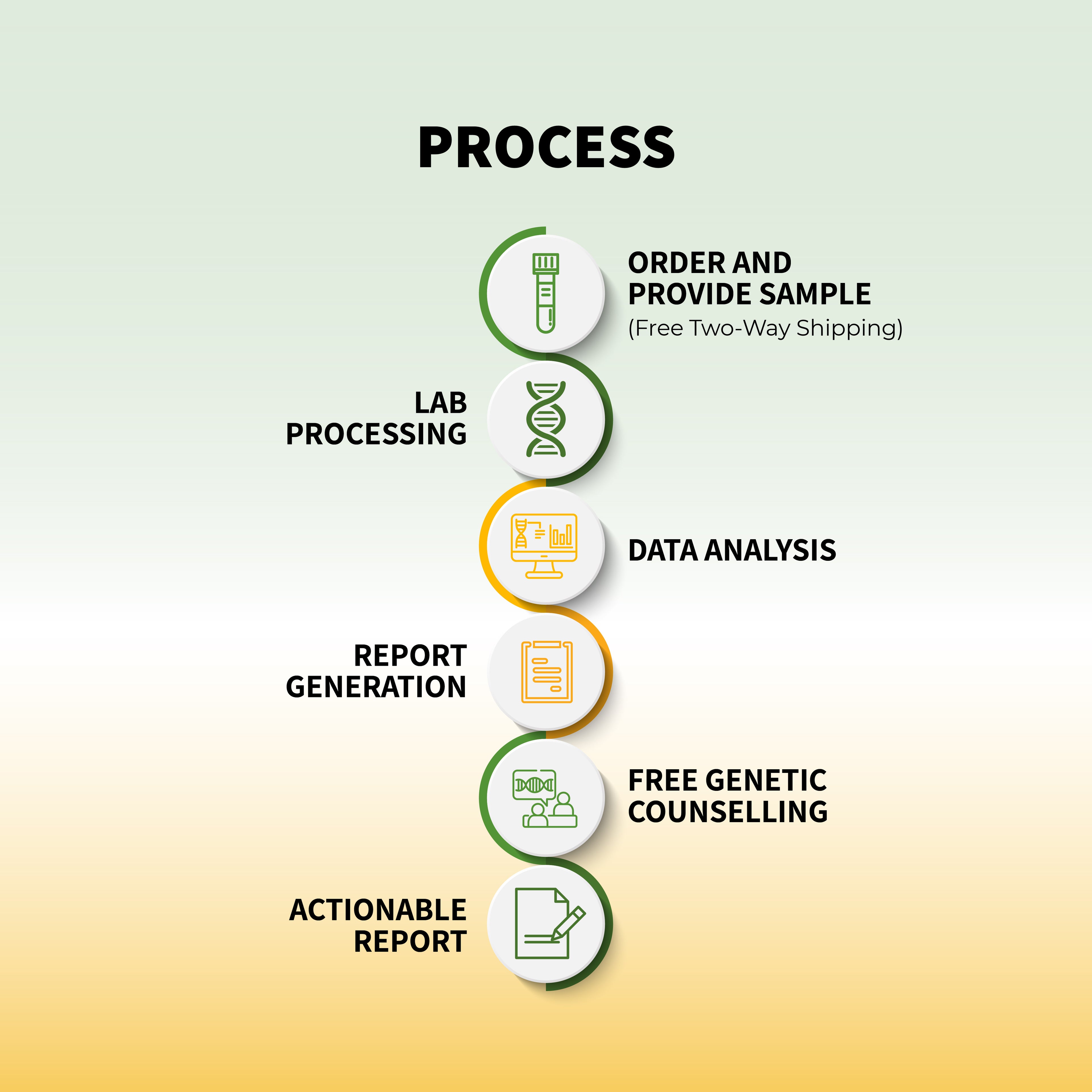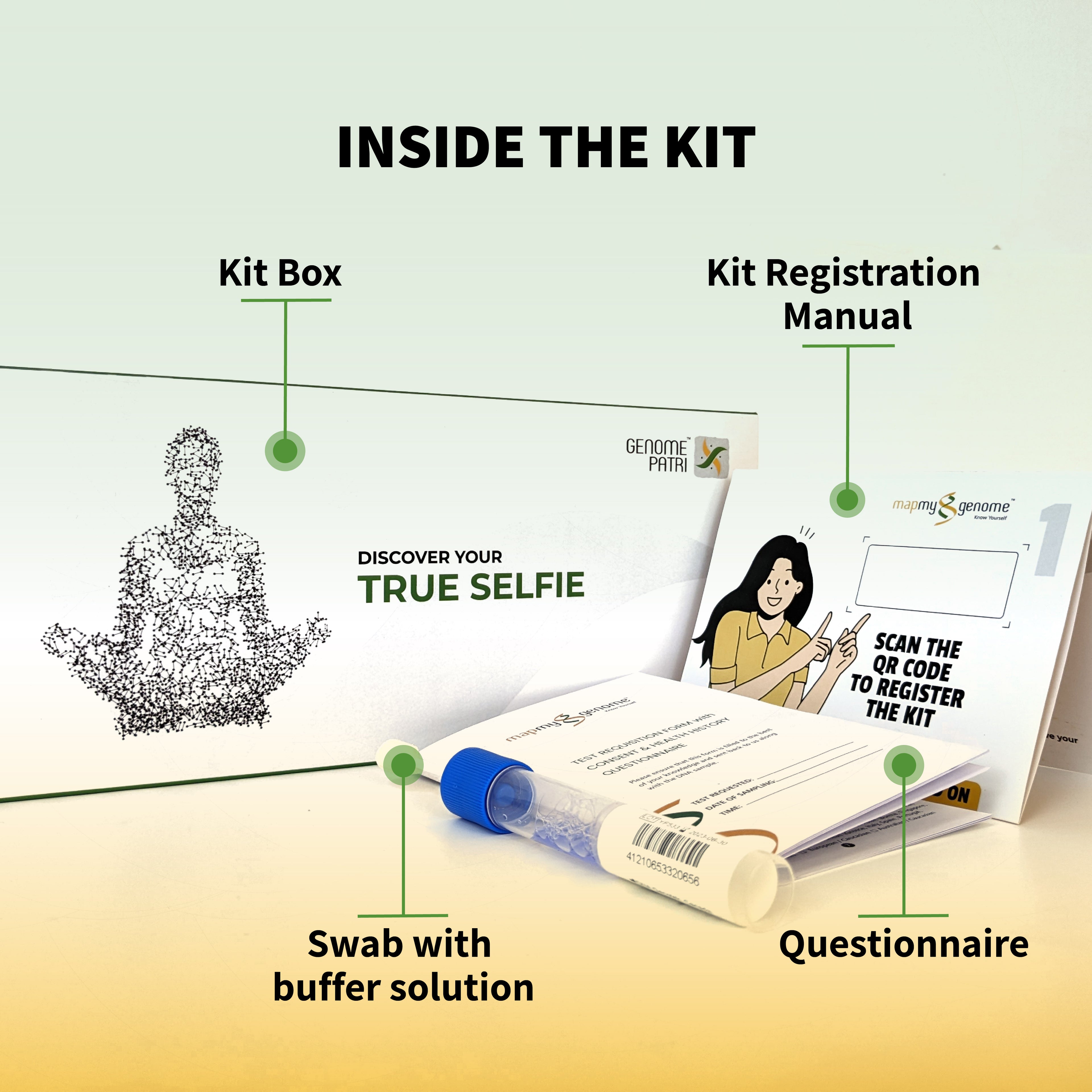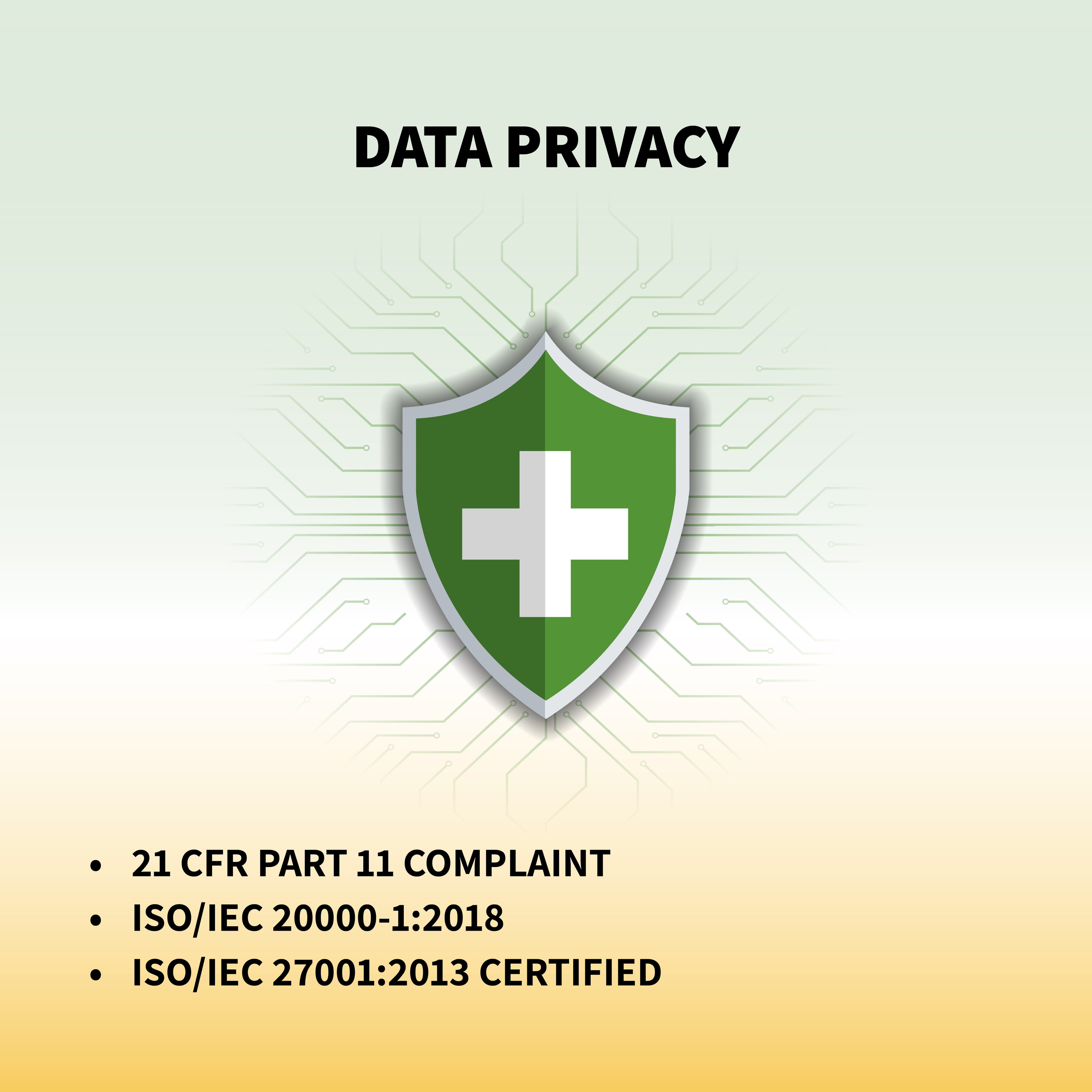माइग्रेन सिर्फ़ गंभीर सिरदर्द से कहीं ज़्यादा है; यह एक जटिल न्यूरोलॉजिकल स्थिति है जो दुनिया भर में लाखों लोगों को प्रभावित करती है। तीव्र, धड़कते हुए दर्द के साथ अक्सर मतली, प्रकाश के प्रति संवेदनशीलता और यहां तक कि दृश्य गड़बड़ी के साथ, माइग्रेन किसी व्यक्ति के जीवन की गुणवत्ता को काफी हद तक प्रभावित कर सकता है। माइग्रेन से पीड़ित लोगों के लिए प्रभावी दर्द प्रबंधन महत्वपूर्ण है, और इस स्थिति के विभिन्न पहलुओं को समझना सही उपचार खोजने में मदद कर सकता है। इस ब्लॉग का उद्देश्य माइग्रेन दर्द प्रबंधन के प्रमुख तत्वों का पता लगाना है, जो लक्षणों, ट्रिगर्स, उपचारों और जीवनशैली में बदलावों पर ध्यान केंद्रित करता है।
माइग्रेन क्या है?
माइग्रेन सिर्फ़ एक बुरा सिरदर्द नहीं है। यह एक न्यूरोलॉजिकल विकार है जो आम तौर पर सिर के एक तरफ़ तेज़, धड़कते हुए दर्द के रूप में प्रकट होता है, हालाँकि कुछ मामलों में यह दोनों तरफ़ भी हो सकता है। माइग्रेन के साथ अक्सर मतली, उल्टी और प्रकाश और ध्वनि के प्रति अत्यधिक संवेदनशीलता जैसे अन्य लक्षण भी होते हैं। कुछ लोगों के लिए, माइग्रेन में "ऑरा" के रूप में जानी जाने वाली दृश्य गड़बड़ी भी शामिल होती है, जो चमकती रोशनी, टेढ़े-मेढ़े पैटर्न या ब्लाइंड स्पॉट के रूप में प्रकट हो सकती है।
माइग्रेन कुछ घंटों से लेकर कई दिनों तक रह सकता है, और हमलों की आवृत्ति हर व्यक्ति में अलग-अलग होती है। जिन लोगों को अक्सर माइग्रेन होता है, उनके लिए जीवन की अच्छी गुणवत्ता बनाए रखने के लिए प्रभावी दर्द प्रबंधन आवश्यक है।
माइग्रेन के सामान्य लक्षण
माइग्रेन के लक्षणों को समझना इस स्थिति को प्रबंधित करने का पहला कदम है। सबसे आम लक्षणों में से कुछ इस प्रकार हैं:
- धड़कता या स्पंदनशील दर्द: प्रायः सिर के एक तरफ सीमित होता है, लेकिन दोनों तरफ फैल सकता है।
- मतली और उल्टी: माइग्रेन से पीड़ित कई लोगों को दौरे के दौरान जठरांत्र संबंधी लक्षण अनुभव होते हैं।
- प्रकाश (फोटोफोबिया) और ध्वनि (फोनोफोबिया) के प्रति संवेदनशीलता: तेज रोशनी और तेज आवाज माइग्रेन के दर्द को बढ़ा सकती है।
- दृश्य गड़बड़ी (आभा): माइग्रेन से पीड़ित लगभग एक तिहाई लोग आभा का अनुभव करते हैं, जो आमतौर पर दृश्य होती है, लेकिन इसमें अन्य इंद्रियां भी शामिल हो सकती हैं।
- थकान और चिड़चिड़ापन: कई लोग माइग्रेन से पहले, उसके दौरान और बाद में अत्यधिक थकान और चिड़चिड़ापन महसूस करते हैं।
इन लक्षणों को शीघ्र पहचान लेने से शीघ्र उपचार शुरू करने और हमले की गंभीरता को कम करने में मदद मिल सकती है।
माइग्रेन के लिए ट्रिगर
माइग्रेन के दर्द प्रबंधन का एक महत्वपूर्ण पहलू ट्रिगर्स की पहचान करना और उनसे बचना है। आम ट्रिगर्स में शामिल हैं:
- तनाव: भावनात्मक तनाव माइग्रेन के लिए एक जाना-माना कारण है। माइंडफुलनेस और मेडिटेशन जैसी तकनीकें तनाव के स्तर को प्रबंधित करने में मदद कर सकती हैं।
- आहार संबंधी कारक: कुछ खाद्य पदार्थ और पेय पदार्थ, जैसे पुराना पनीर, चॉकलेट, कैफीन और शराब, कुछ व्यक्तियों में माइग्रेन को बढ़ावा दे सकते हैं।
- हार्मोनल परिवर्तन: कई महिलाएं हार्मोनल उतार-चढ़ाव के कारण मासिक धर्म चक्र, गर्भावस्था या रजोनिवृत्ति के संबंध में माइग्रेन का अनुभव करती हैं।
- नींद का पैटर्न: नींद की कमी और अत्यधिक नींद दोनों ही माइग्रेन को ट्रिगर कर सकते हैं। नियमित नींद का शेड्यूल बनाए रखना महत्वपूर्ण है।
- पर्यावरणीय कारक: तेज रोशनी, तेज आवाज, तेज गंध और मौसम में बदलाव, ये सभी माइग्रेन को ट्रिगर कर सकते हैं।
अपने ट्रिगर्स पर नज़र रखने के लिए माइग्रेन डायरी रखना पैटर्न की पहचान करने और ज्ञात ट्रिगर्स से बचने का एक प्रभावी तरीका हो सकता है।
माइग्रेन उपचार के विकल्प
माइग्रेन के उपचार को दो मुख्य श्रेणियों में विभाजित किया जा सकता है: लक्षणों को रोकने के लिए तीव्र उपचार और हमलों की आवृत्ति और गंभीरता को कम करने के लिए निवारक उपचार।
-
तीव्र माइग्रेन उपचार
- ओवर-द-काउंटर दवाएं: इबुप्रोफेन, एस्पिरिन या एसिटामिनोफेन जैसी बिना डॉक्टरी सलाह वाली दर्द निवारक दवाएं हल्के से मध्यम माइग्रेन के लिए प्रभावी हो सकती हैं।
- ट्रिप्टान: ये प्रिस्क्रिप्शन दवाइयाँ हैं जो खास तौर पर माइग्रेन के इलाज के लिए बनाई गई हैं। ये मस्तिष्क में रक्त वाहिकाओं को संकुचित करके और दर्द के रास्ते को अवरुद्ध करके काम करती हैं।
- मतली-रोधी दवाएं: यदि मतली और उल्टी आपके माइग्रेन के महत्वपूर्ण लक्षण हैं तो ये दवाएं निर्धारित की जा सकती हैं।
- सीजीआरपी अवरोधक: कैल्सीटोनिन जीन-संबंधी पेप्टाइड (सीजीआरपी) अवरोधक दवाओं का एक नया वर्ग है, जो माइग्रेन के दर्द को कम करने में प्रभावी पाया गया है।
-
माइग्रेन का निवारक उपचार
- बीटा-ब्लॉकर्स: आमतौर पर उच्च रक्तचाप के इलाज के लिए उपयोग किए जाने वाले बीटा-ब्लॉकर्स भी माइग्रेन की आवृत्ति को कम करने में मदद कर सकते हैं।
- अवसादरोधी दवाएं: कुछ अवसादरोधी दवाएं, जैसे कि एमिट्रिप्टीलाइन, माइग्रेन को रोकने में प्रभावी हो सकती हैं।
- मिर्गी-रोधी दवाएं: मिर्गी के इलाज के लिए प्रयुक्त दवाएं कुछ व्यक्तियों में माइग्रेन को रोकने में भी मदद कर सकती हैं।
- बोटॉक्स इंजेक्शन: क्रोनिक माइग्रेन के उपचार के लिए FDA द्वारा अनुमोदित बोटॉक्स इंजेक्शन माइग्रेन के हमलों की आवृत्ति को कम कर सकते हैं।
- जीवनशैली में बदलाव: नियमित व्यायाम, स्वस्थ आहार और तनाव प्रबंधन से माइग्रेन की आवृत्ति और गंभीरता में उल्लेखनीय कमी आ सकती है।
आपकी विशिष्ट आवश्यकताओं के लिए सबसे उपयुक्त उपचार योजना निर्धारित करने के लिए स्वास्थ्य सेवा प्रदाता से परामर्श करना महत्वपूर्ण है।
माइग्रेन के लिए दर्द प्रबंधन तकनीक
दवा के अलावा, कई दर्द प्रबंधन तकनीकें हैं जो माइग्रेन के लक्षणों को कम करने में मदद कर सकती हैं:
- संज्ञानात्मक व्यवहार थेरेपी (सीबीटी): सीबीटी आपके दर्द को समझने और उस पर प्रतिक्रिया करने के तरीके को बदलने में मदद कर सकती है, जिससे आपके जीवन पर माइग्रेन का समग्र प्रभाव कम हो सकता है।
- बायोफीडबैक: इस तकनीक में शारीरिक कार्यों, जैसे हृदय गति और मांसपेशियों में तनाव को नियंत्रित करना सिखाया जाता है, जिससे माइग्रेन की आवृत्ति और गंभीरता को कम किया जा सकता है।
- एक्यूपंक्चर: कुछ अध्ययनों से पता चलता है कि माइग्रेन की आवृत्ति को कम करने के लिए एक्यूपंक्चर एक प्रभावी पूरक उपचार हो सकता है।
- विश्राम तकनीक: गहरी सांस लेना, प्रगतिशील मांसपेशी विश्राम, और निर्देशित कल्पना जैसी विधियां तनाव को प्रबंधित करने में मदद कर सकती हैं जो अक्सर माइग्रेन को ट्रिगर करती हैं।
माइग्रेन प्रबंधन में आनुवंशिक परीक्षण की भूमिका
दर्द प्रबंधन के क्षेत्र में आनुवंशिक परीक्षण एक तेजी से मूल्यवान उपकरण बनता जा रहा है, खासकर माइग्रेन जैसी स्थितियों के लिए। माइग्रेन के लिए आपकी आनुवंशिक प्रवृत्ति को समझना एक व्यक्तिगत उपचार योजना बनाने में मदद कर सकता है। उदाहरण के लिए, MapmyGenome Genomepatri एक आनुवंशिक परीक्षण प्रदान करता है जो आपके आनुवंशिक मेकअप में व्यक्तिगत जानकारी प्रदान करता है। माइग्रेन से जुड़े विशिष्ट जीन वेरिएंट की पहचान करके, आप स्थिति के प्रबंधन में सक्रिय कदम उठा सकते हैं, जैसे कि ज्ञात ट्रिगर्स से बचना या ऐसी दवाओं का चयन करना जो आपके आनुवंशिक प्रोफ़ाइल के लिए अधिक प्रभावी होने की संभावना है।
माइग्रेन को नियंत्रित करने के लिए जीवनशैली में बदलाव
जीवनशैली में बदलाव लाना माइग्रेन को नियंत्रित करने और यहां तक कि रोकने का एक शक्तिशाली तरीका हो सकता है:
- नियमित व्यायाम: शारीरिक गतिविधि तनाव को कम करने और समग्र स्वास्थ्य को बेहतर बनाने में मदद कर सकती है, जिससे माइग्रेन की आवृत्ति कम हो सकती है।
- स्वस्थ आहार: माइग्रेन को बढ़ावा देने वाले खाद्य पदार्थों से परहेज करना तथा फलों, सब्जियों और साबुत अनाज से भरपूर संतुलित आहार बनाए रखना लक्षणों को प्रबंधित करने में मदद कर सकता है।
- पर्याप्त मात्रा में पानी पीना: निर्जलीकरण माइग्रेन का एक सामान्य कारण है, इसलिए पूरे दिन पर्याप्त मात्रा में पानी पीना महत्वपूर्ण है।
- नियमित नींद का कार्यक्रम: नियमित नींद की दिनचर्या बनाए रखने से नींद के पैटर्न में परिवर्तन के कारण होने वाले माइग्रेन को रोकने में मदद मिल सकती है।
- माइंडफुलनेस और विश्राम तकनीकें: योग, ध्यान और गहरी साँस लेने के व्यायाम जैसे अभ्यास तनाव को कम कर सकते हैं और माइग्रेन को रोक सकते हैं।
निष्कर्ष
माइग्रेन एक दुर्बल करने वाली स्थिति हो सकती है, लेकिन सही दर्द प्रबंधन रणनीतियों के साथ, आप अपने जीवन पर इसके प्रभाव को काफी हद तक कम कर सकते हैं। अपने ट्रिगर्स को समझकर, उपचार विकल्पों की खोज करके और जीवनशैली में बदलाव करके, आप अपने माइग्रेन पर नियंत्रण पा सकते हैं और अपने समग्र स्वास्थ्य को बेहतर बना सकते हैं। आनुवंशिक परीक्षण, जैसे कि मैपमायजीनोम द्वारा पेश किया जाने वाला जीनोमपैट्री परीक्षण, माइग्रेन के प्रति आपकी प्रवृत्ति के बारे में मूल्यवान जानकारी प्रदान कर सकता है, जिससे आपको दर्द प्रबंधन के लिए अपने दृष्टिकोण को अनुकूलित करने में मदद मिलती है। माइग्रेन को अपने जीवन पर नियंत्रण न करने दें - अपने लक्षणों को प्रबंधित करने और एक स्वस्थ, अधिक संतुष्ट जीवन जीने के लिए आज ही सक्रिय कदम उठाएँ।





